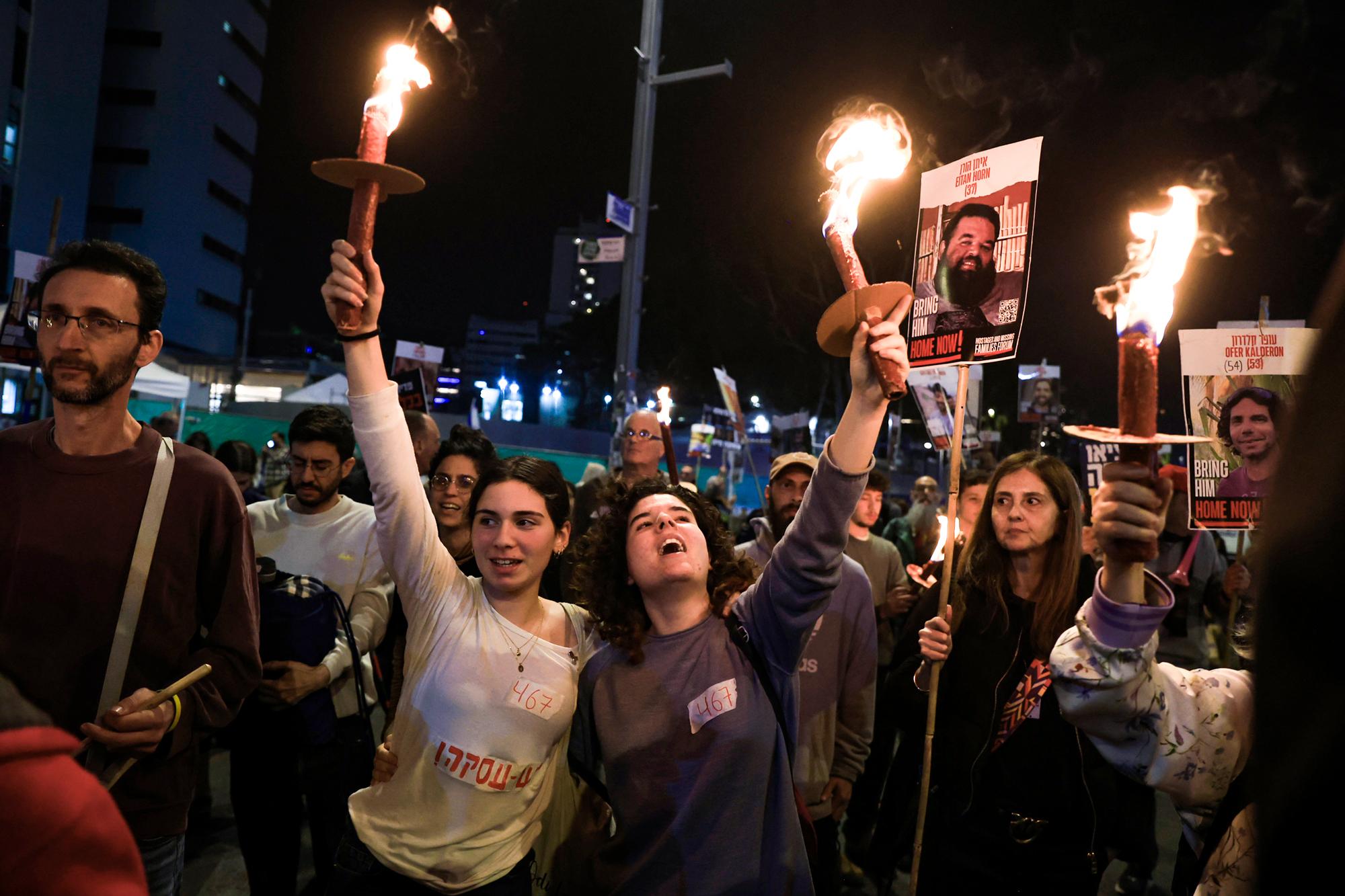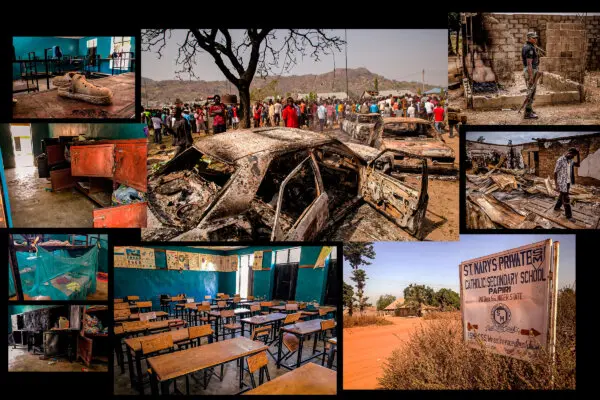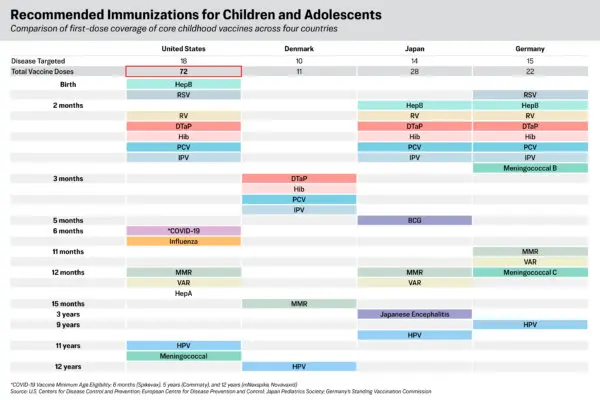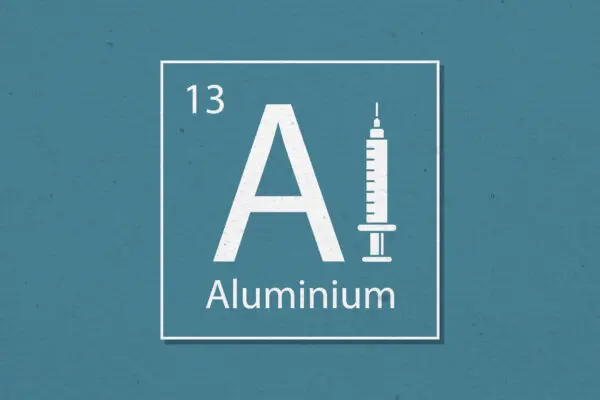Israel and the terrorist group Hamas, which have fought for more than 15 months in the Gaza Strip following the Oct. 7, 2023, terrorist attack, now have a hostages-for-prisoners swap and temporary cease-fire agreement on the table.
If all goes well, it will take effect on Jan. 19, a day before U.S. President-elect Donald Trump is inaugurated and U.S. President Joe Biden leaves office. They each announced the deal on Jan. 15. Trump did so in a social media post and Biden in a public statement and then a White House speech.











